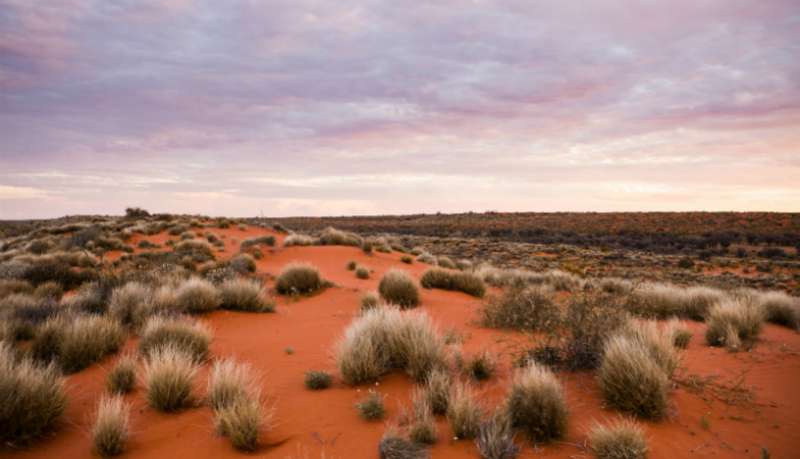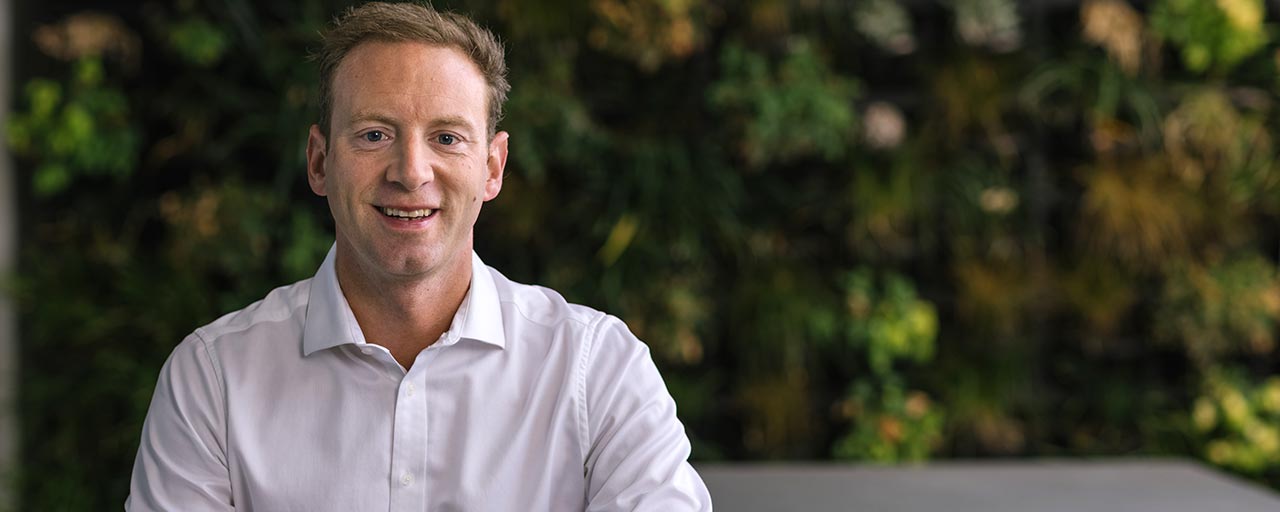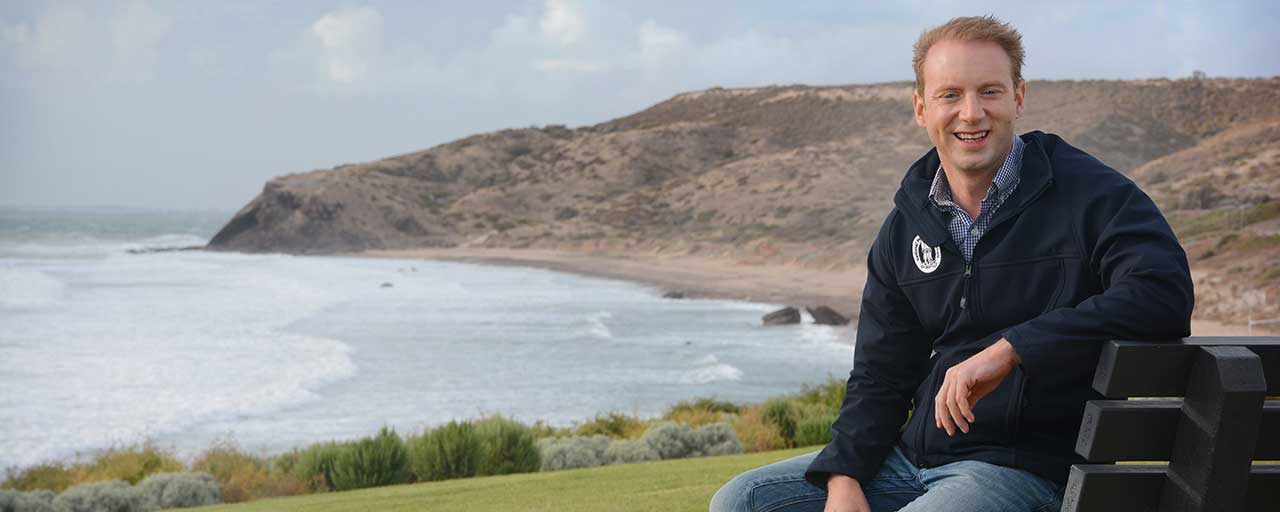South Australia to get Australia’s biggest national park

MEDIA RELEASE
South Australia could soon be home to the largest national park in Australia, with the proposal to create the Munga-Thirri–Simpson Desert National Park.
The new national park will be 3.6 million hectares in size, large enough to fit in 1.75 million Adelaide Ovals. It’s also more than one million hectares larger than the next biggest national park - Kakadu.
This is the biggest expansion of national parks in the state’s history backed up by the biggest government investment in parks ever.
The national park will be made through changing the legal status of the existing Munga-Thirri–Simpson Desert Regional Reserve and Conservation Park, which will strengthen the park’s conservation and biodiversity values. There will also be additional protections at the environmentally significant Kallakoopah Creek.
In recognition of their importance to tourism as international destinations, three existing conservation parks – Cleland, Deep Creek, and Seal Bay – will also be upgraded to become national parks.
In addition, the Lake Frome Regional Reserve in the Northern Flinders Ranges will be upgraded to a national park in recognition of its significance as a large salt lake, giving it the same status as other large salt lakes such as Kati Thanda-Lake Eyre, Lake Torrens and Lake Gairdner.
Minister for Environment and Water David Speirs said the changes increased national park areas by 200 per cent, from 3.90 million hectares to 7.86 million hectares since coming into government.
“The Marshall Liberal Government is committed to protecting our natural environment which is why we have proposed these changes to increase the number of national parks across South Australia from 22 to 28,” Minister Speirs said.
“This significant addition of land converted to national parks since 2018 includes Glenthorne National Park -Ityamaiitpinna Yarta, which has preserved and revitalised a significant portion of open space, turning it into a thriving environmental and recreational precinct for future generations.
“National parks are areas of national significance due to their environmental values and they also play a key role in supporting our tourism sector.
“It is truly exciting that South Australia could soon be home to Australia’s largest national park and these proposed changes will better conserve our natural environment as well as enhance our reputation as a world-class eco-tourism destination.
“We have a very strong tradition of parks and reserves in South Australia, dating back to 1891 when Belair National Park was created as Australia’s second national park and more recently last year when Glenthorne become Adelaide’s newest metropolitan national park.
“These protected areas conserve vitally important ecosystems, habitats, plants and animals, unique land formations, and culturally significant places. National parks are essential spaces to enjoy nature in all its forms, and provide South Australians with a wide range of environmental, social and economic benefits.
“This is why the Marshall Liberal Government is investing more than $130 million to improve our parks – the highest amount in the state’s history.”
As part of the changes, a section of the Witjira National Park in the state’s Far North will have its conditions changed to forever exclude mining from the Dalhousie Springs National Heritage Area.
“We will also give extra protection to 50,000 hectares of one of our conservation jewels, recognising the area’s incredibly rich Aboriginal cultural significance,” Minister Speirs said.
“This heritage area contains very unique and fragile ecosystems, and threatened species, so this is a significant additional protection that we have made to ensure we can help to protect and conserve this area.”
The State Government is now consulting with native title holders and other stakeholders ahead of taking these proposals to Parliament in the coming months.
To find out more visit www.parks.sa.gov.au



